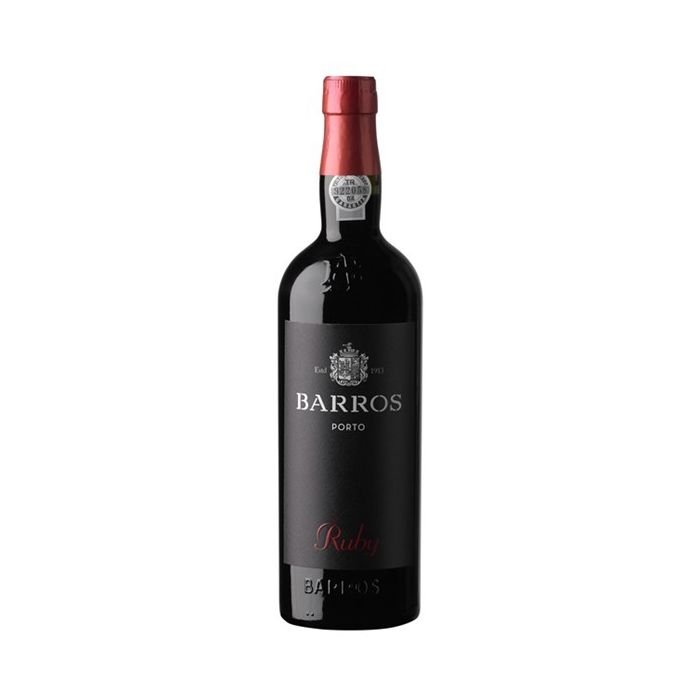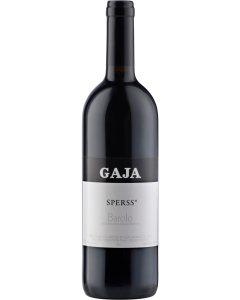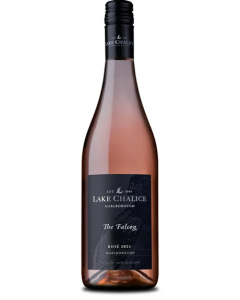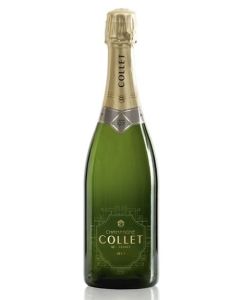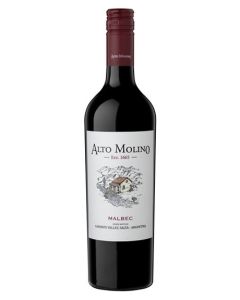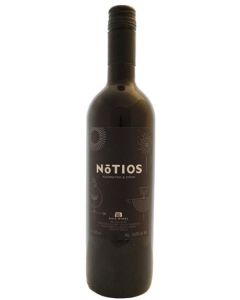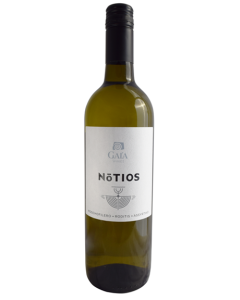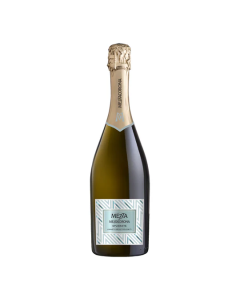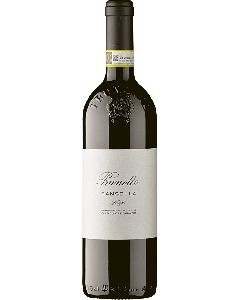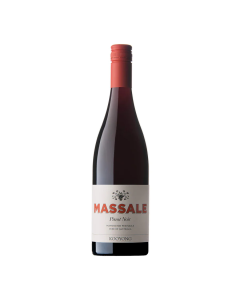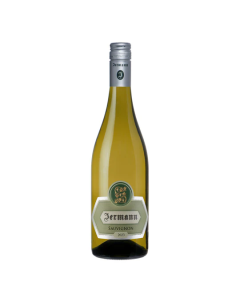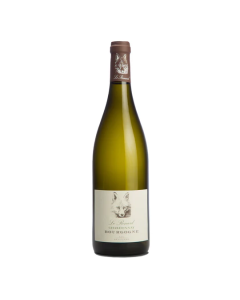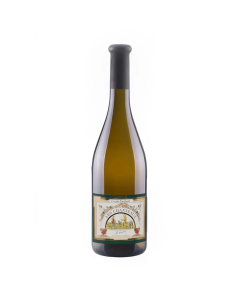We use cookies to make your experience better. To comply with the new e-Privacy directive, we need to ask for your consent to set the cookies. Learn more.
Barros Ruby Douro Valley NV
Barros Ruby Douro Valley NV – A Premium Portuguese Port Wine
Overview
Barros Ruby Douro Valley NV is a rich and elegant Portuguese port wine, offering a harmonious blend of traditional Douro Valley grapes. This exquisite ruby port combines the finest characteristics of Tinta Barroca (30%), Tinta Roriz (30%), Tinta Cão (20%), and Tinta Franca (20%), resulting in a bold yet balanced wine. At 19.5% ABV, this full-bodied wine delivers a deep ruby-red colour and an intense, aromatic profile that showcases the authenticity of the region. The wine’s fresh fruit character and vibrant acidity are complemented by its bold, powerful flavour, making it a perfect choice for connoisseurs and casual drinkers alike.
Tasting Notes
On the nose, Barros Ruby Douro Valley NV reveals an exuberant bouquet of black fruits, offering layers of dark cherry, plum, and blackberry. The palate is rich and structured, with an impressive balance between intense fruity sweetness and a lively freshness. Full-bodied and mouth-coating, it delivers a complex yet smooth finish with a delightful lingering aftertaste. The wine’s tannins are integrated, providing a smooth, velvety texture.
Wine Characteristics
-
Country: Portugal
-
Region: Douro Valley
-
Grapes: Tinta Barroca (30%), Tinta Roriz (30%), Tinta Cão (20%), Tinta Franca (20%)
-
ABV: 19.5%
-
Dry/Sweet: 6 (balanced between dry and sweet)
-
Residual Sugar: 100.8g/L
-
Sulphites: Yes
-
Vegetarian/Vegan: Yes/Yes
-
Milk/Eggs: No/No
-
Organic: N/A
-
Biodynamic: No
-
Closure: Natural Cork
-
Case Size: 6 bottles per case (75cl each)
-
Winemaker: Carlos Alves
| Enable Product | Enabled |
|---|---|
| Price | £101.18 |
| Featured Product | No |
| Country | Portugal |
| Vintage | NV |
| Bottles Per Case | 6 |
| Bottle Size (cl) | 75 |
| Winery | The vines are grown on terraces cut into the steep hillsides of the Douro Valley; they are planted along the terraces of the greatest slopes, which translates as "vertically planted vines". The vineyard soils are schist greywacke ante-Ordovician, with some granitic formations. This soil is rich in nutrients and has useful water retention properties. Traditionally, the vines in the region are grown low, close to the ground. The single or double Guyot and unilateral and bilateral cordons are the methods most frequently used for training the vines. Trellises are not permitted for Port Wine grapes. The grapes are manually harvested once they have reached the optimum maturity according to the variety. |
- Barros Ruby Douro Valley NV£121.42 £101.18
-
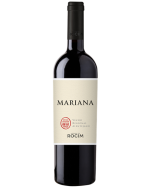 Herdade do Rocim Alentejo Mariana Red 2023£97.50 £81.25
Herdade do Rocim Alentejo Mariana Red 2023£97.50 £81.25 -
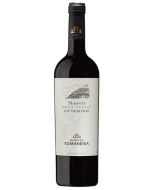 Quinta da Romaneira Douro Mirante Petit Verdot 2020£215.48 £179.57
Quinta da Romaneira Douro Mirante Petit Verdot 2020£215.48 £179.57 -
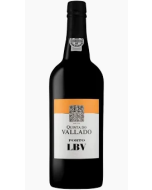 Vallado LBV Port Douro 2018£147.53 £122.94
Vallado LBV Port Douro 2018£147.53 £122.94 -
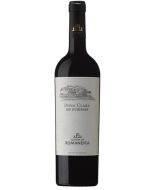 Quinta da Romaneira Douro Dona Clara 2020£193.19 £160.99
Quinta da Romaneira Douro Dona Clara 2020£193.19 £160.99 -
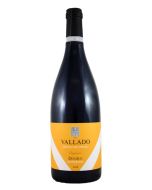 Quinta do Vallado Douro Vallado Douro Superior Tinto 2022£146.21 £121.84
Quinta do Vallado Douro Vallado Douro Superior Tinto 2022£146.21 £121.84

